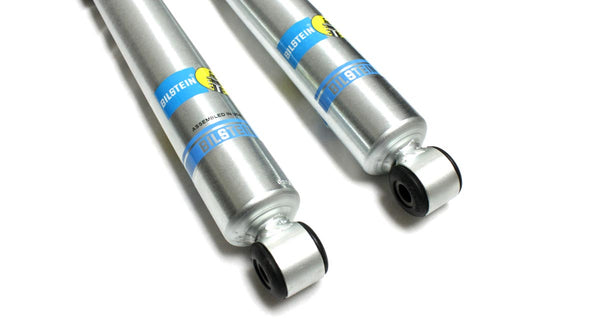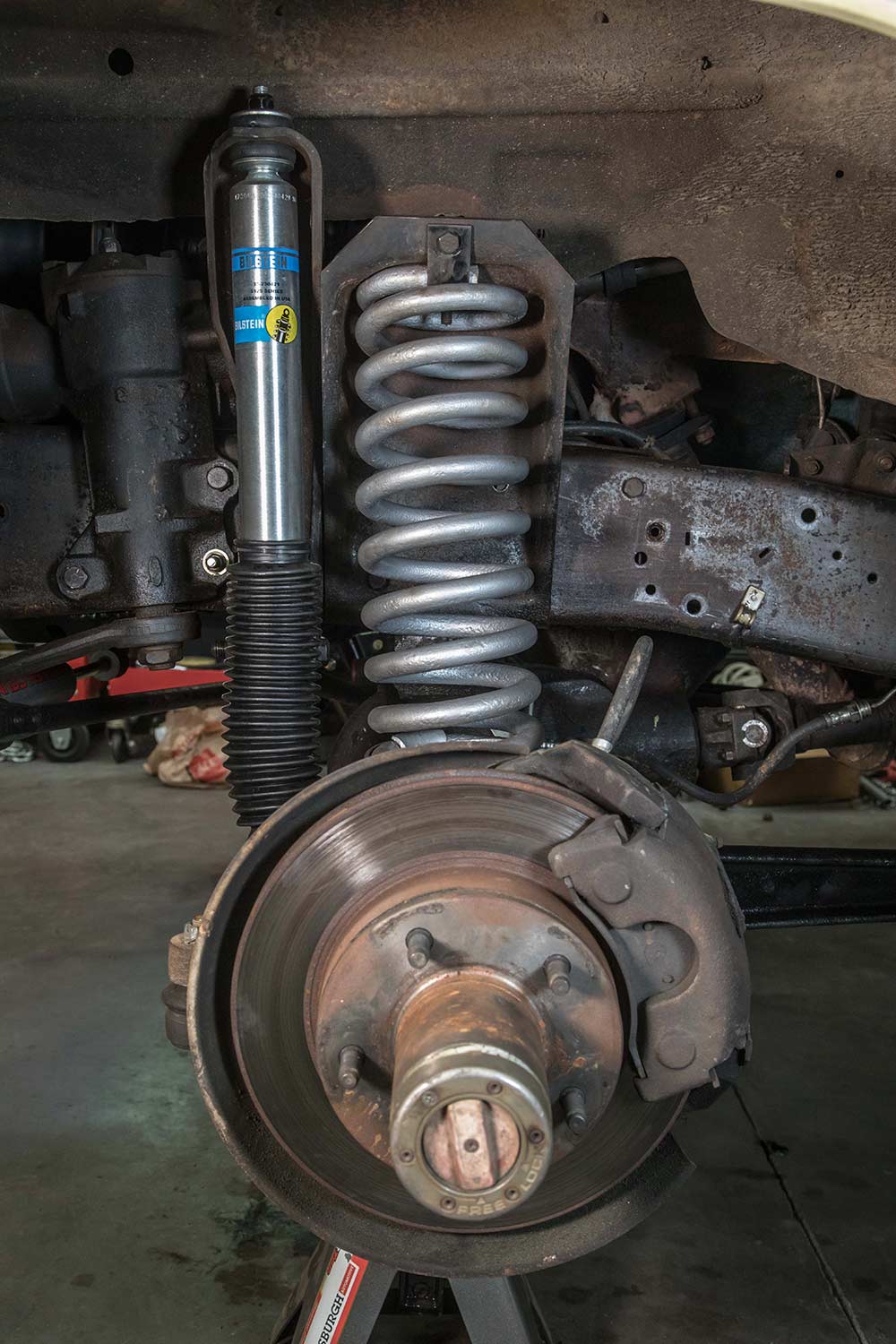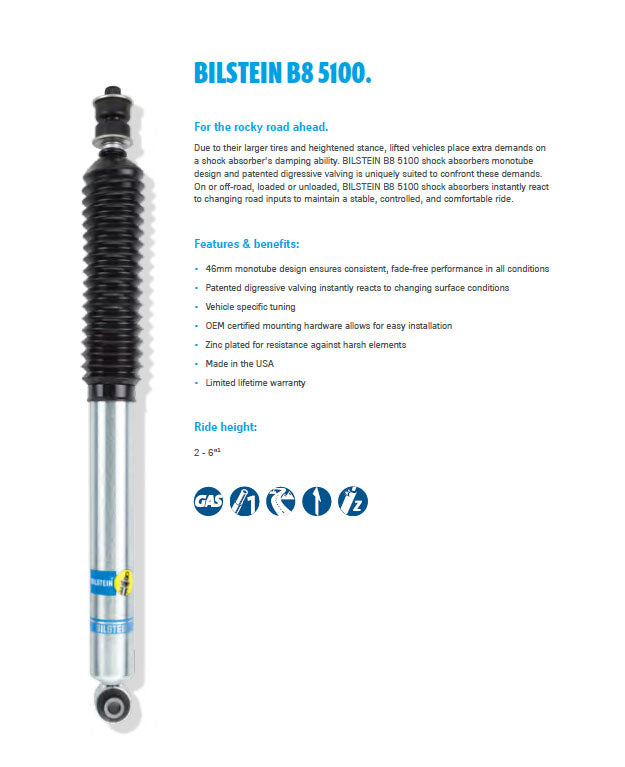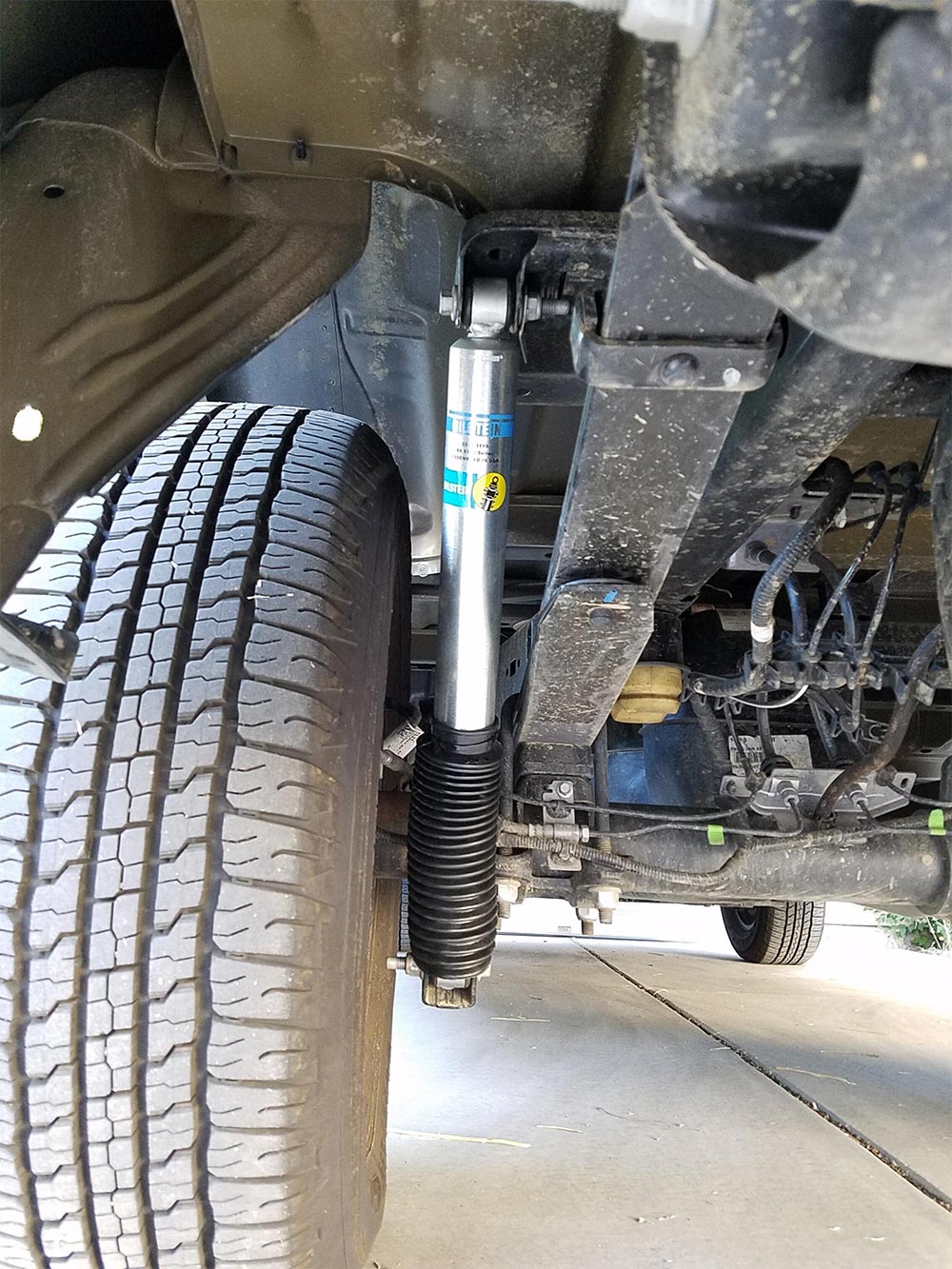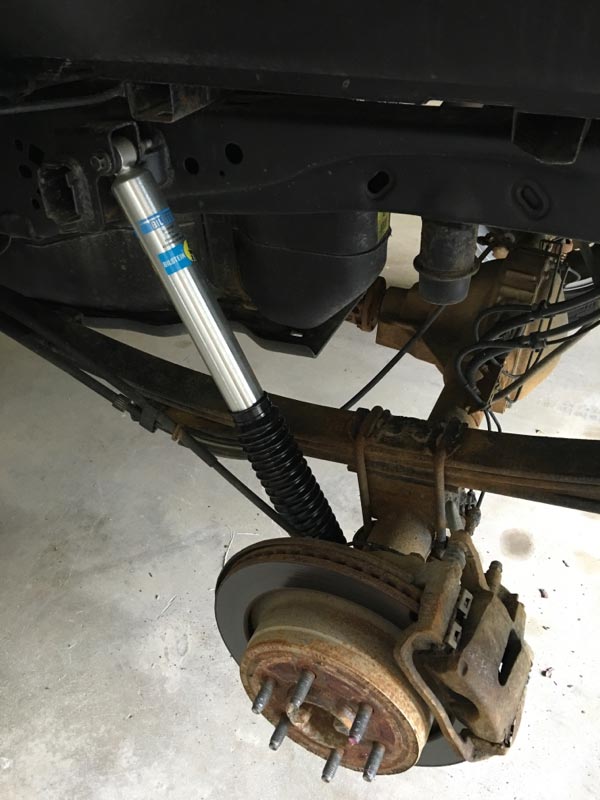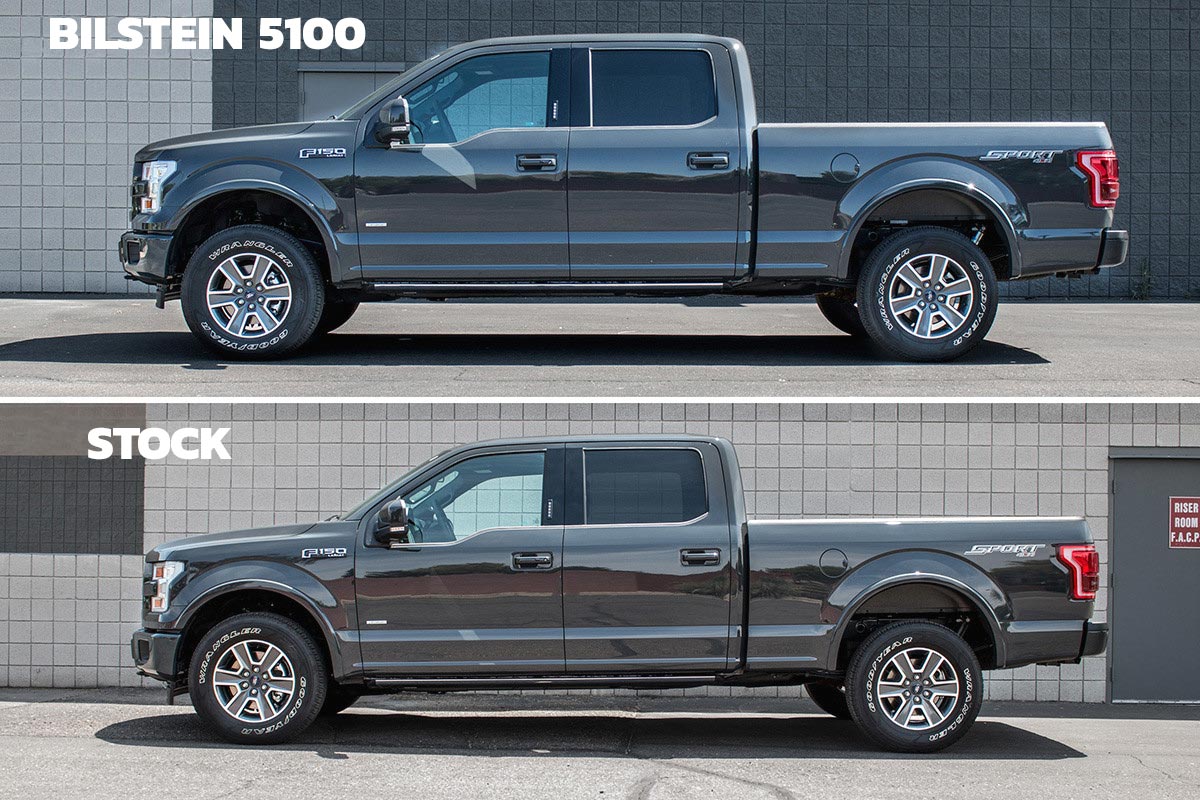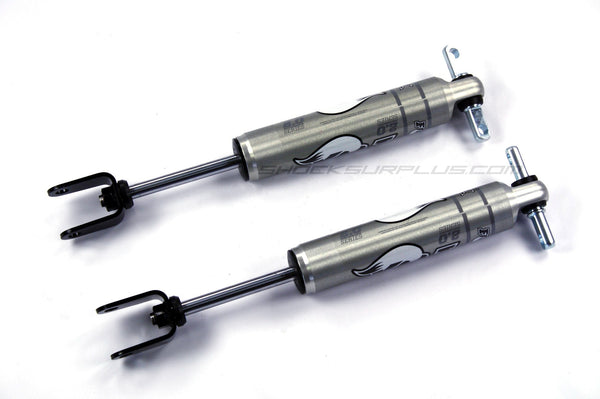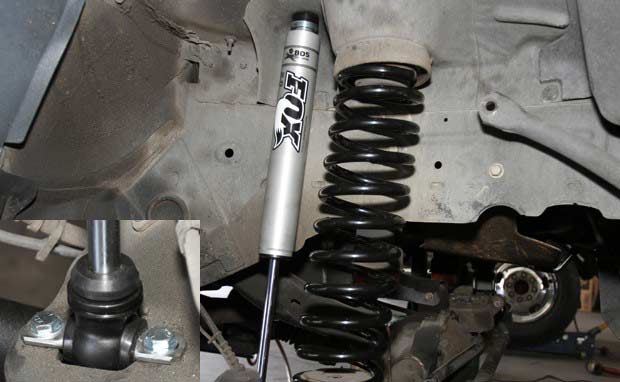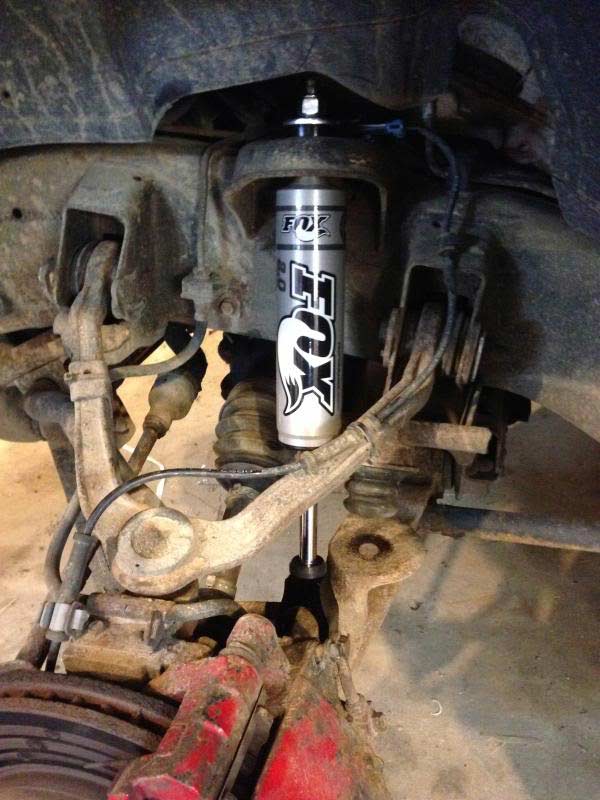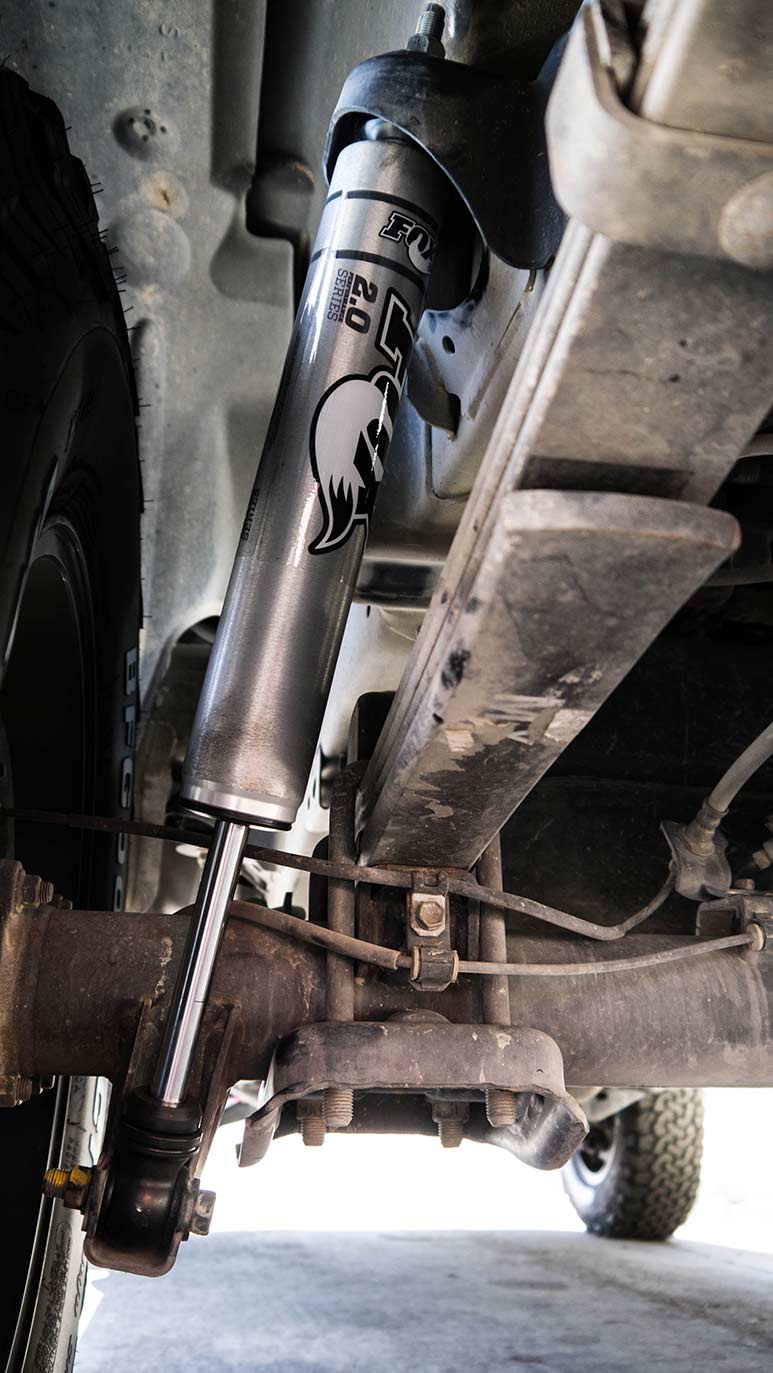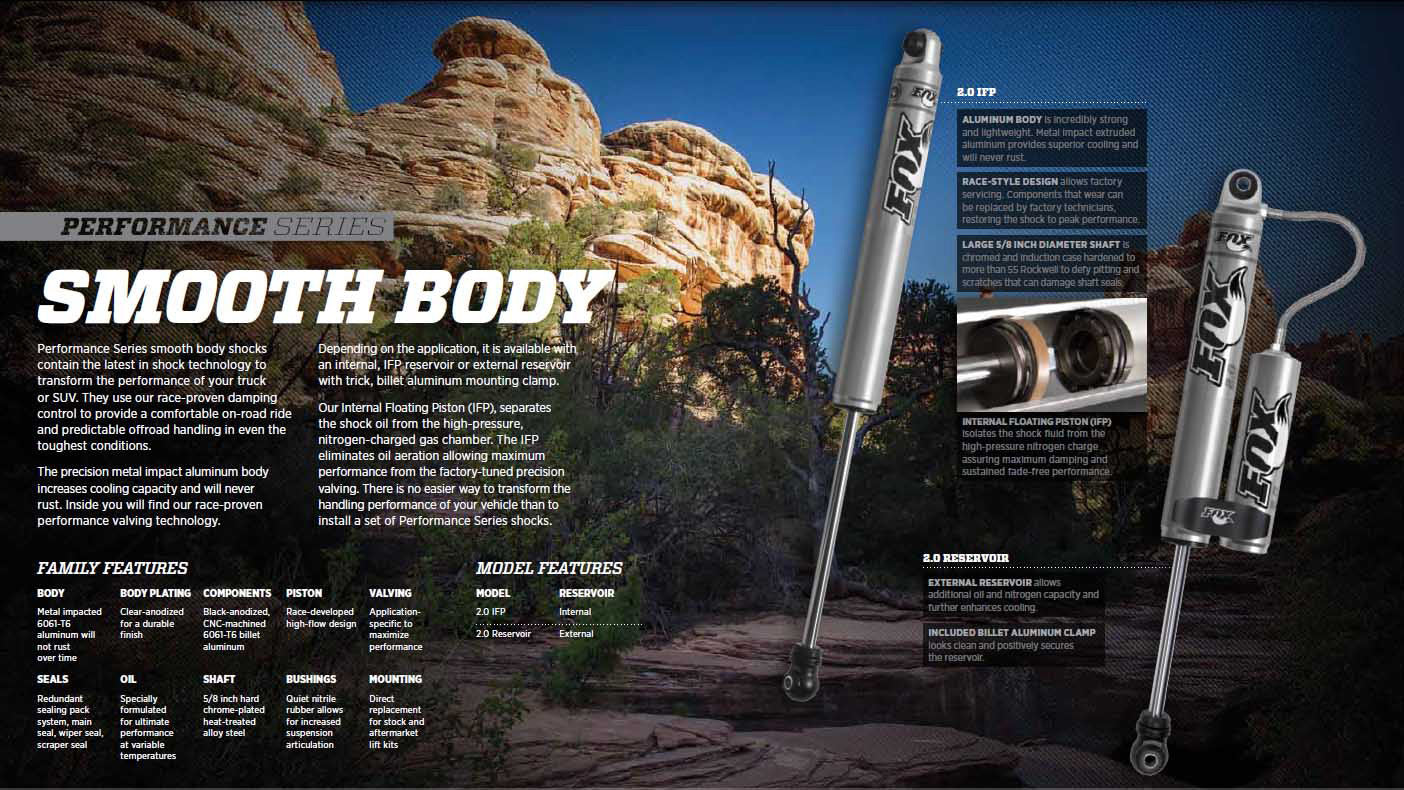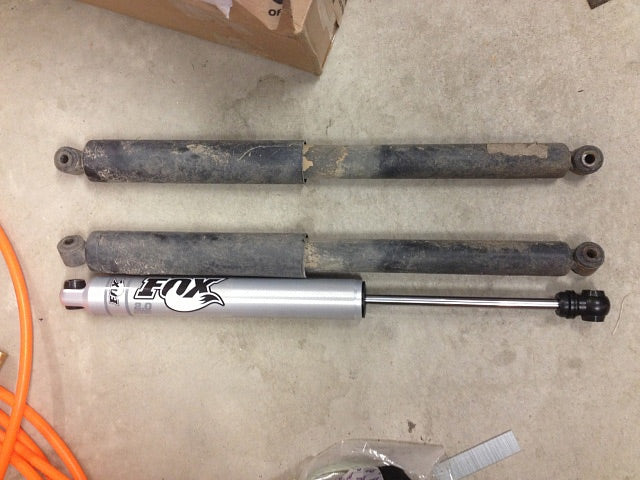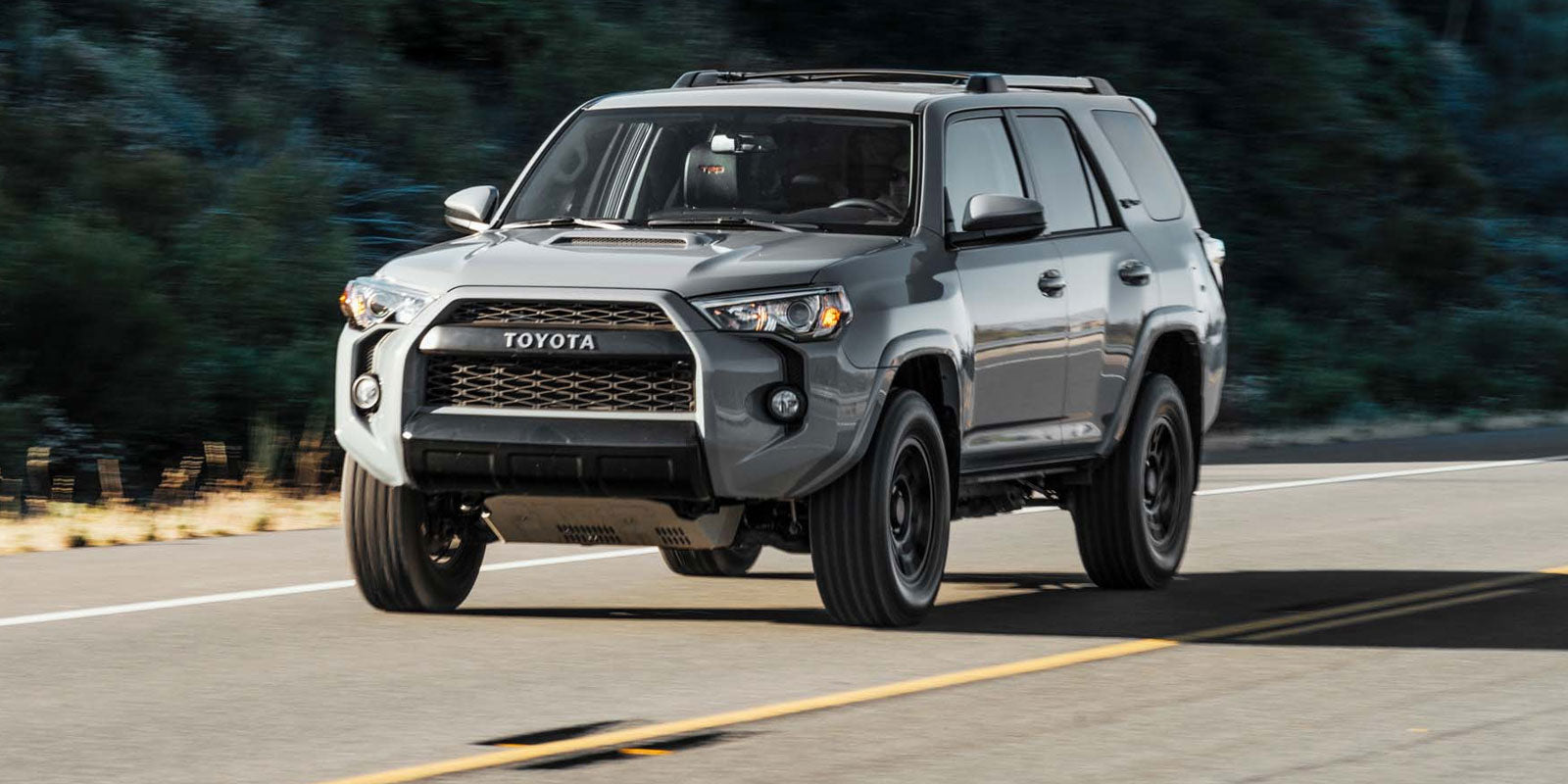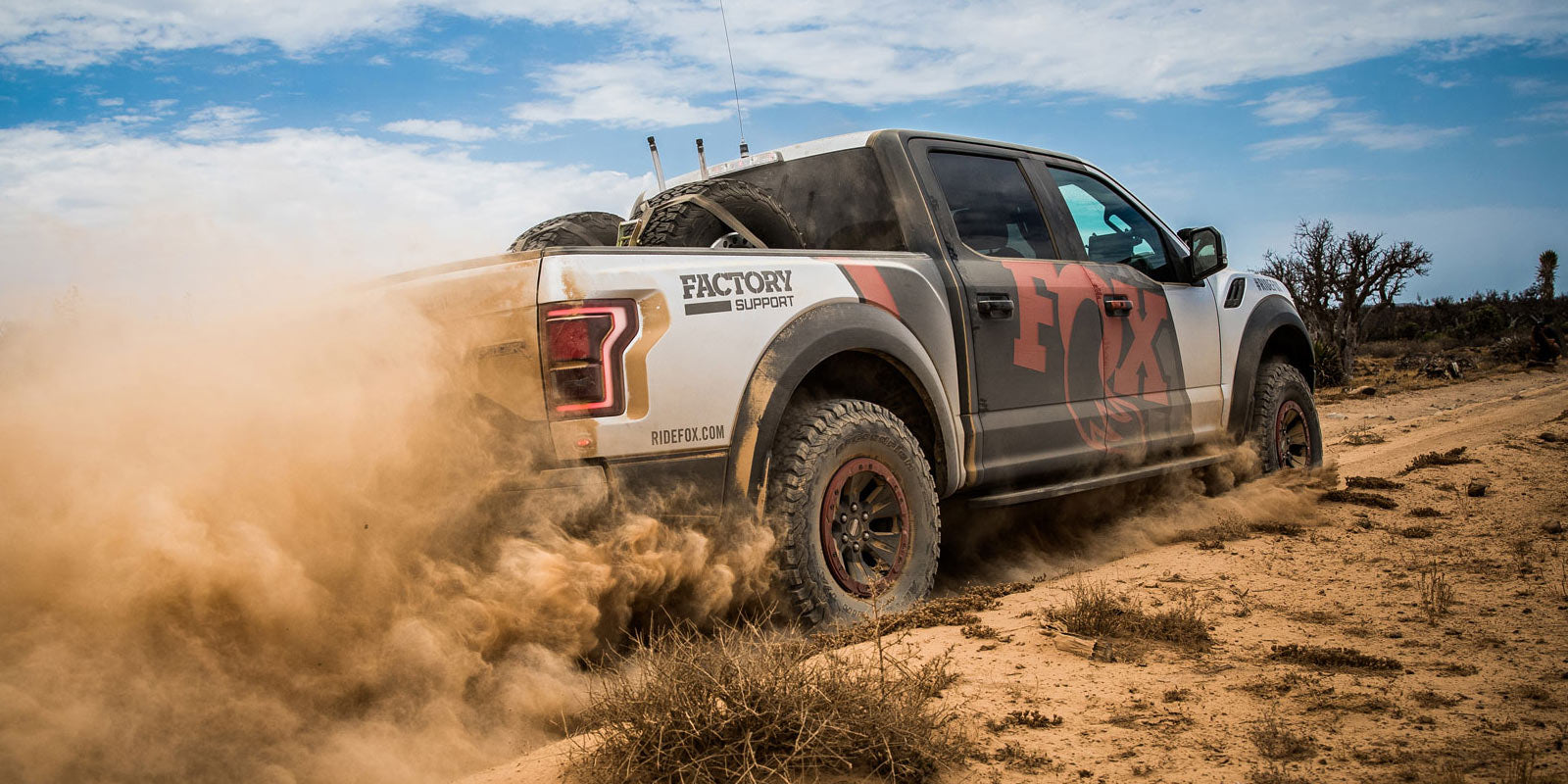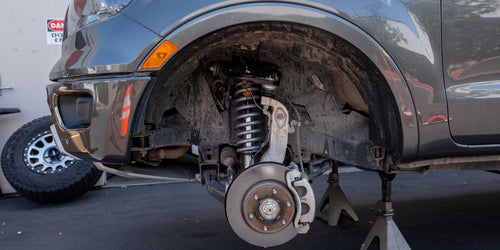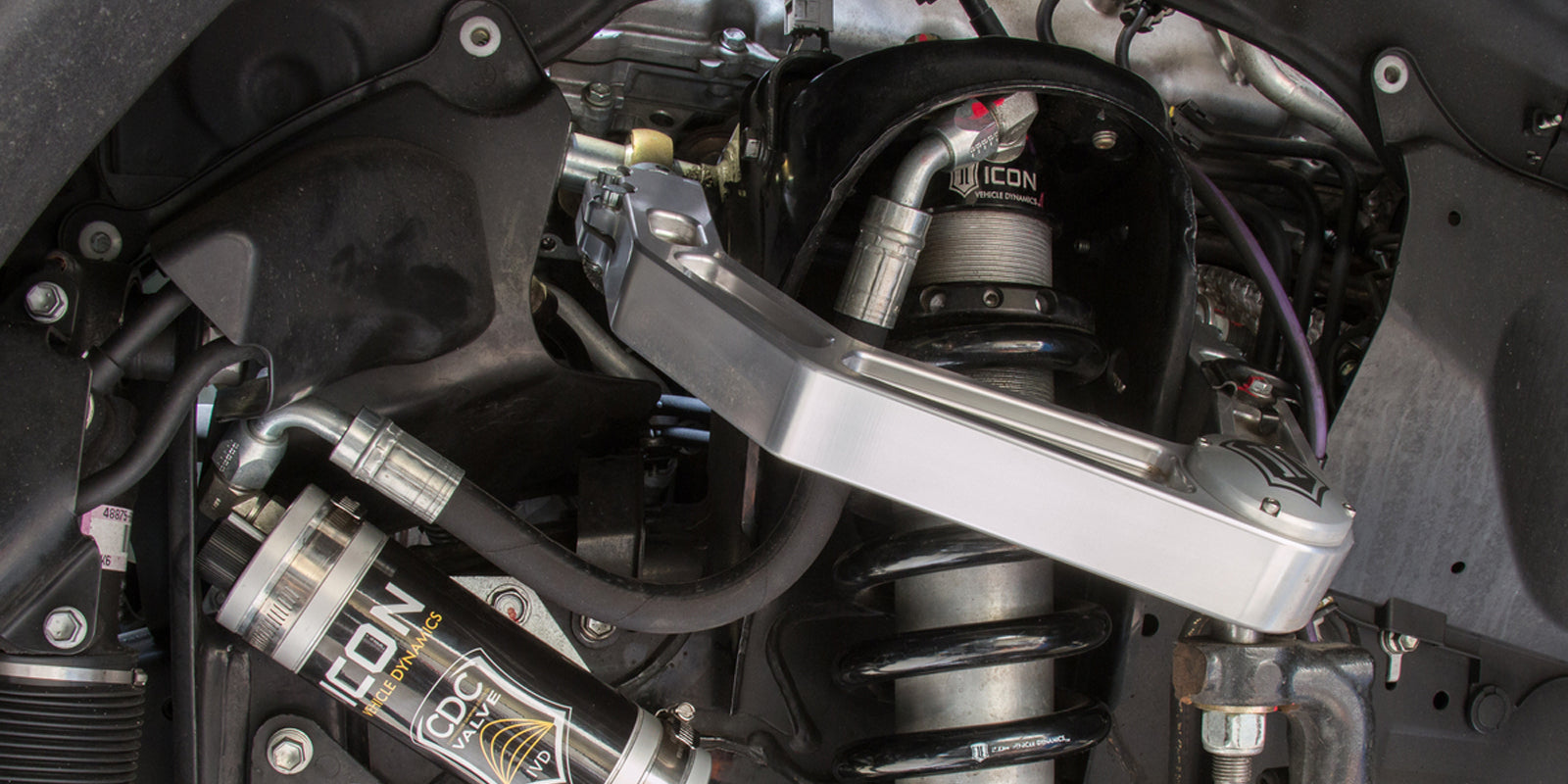The Lowdown: Bilstein 5100 vs Fox 2.0 Performance Shocks
The debate rages on...
It's the discussion that continues to appear across numerous automotive forums: "Fox 2.0 Performance or Bilstein 5100???" We’ve ran both types of shocks on the same truck, so the following synopsis comes from real-world offroad miles and pushing our vehicles hard.
If you're debating between both the Fox 2.0 Performance series and the Bilstein 5100 series for your truck or Jeep, then one of the main questions you have is "Are Fox Shocks worth the price bump?" Fox's 2.0 Performance parts are significantly more expensive than the Bilstein 5100s, sometimes almost 2x the price. We hope to answer that very question here and now.
5% DISCOUNT Sitewide - SHOCKD (discount code)
| Shock | Body Size | Body Material | Finish | Piston Size | Rod Size | Rod Material | Best For |
|---|---|---|---|---|---|---|---|
| FOX 2.0 | 2" | Aluminum | Anodized | ⅝" | Chrome Plated Steel | Offroad | |
| BILSTEIN 5100 | 1.95” | Steel | Zinc | 46mm | ½” | Chrome Plated Steel | Daily / Offroad |
It's all about how you use it.
The "Best For" shock usage recommendations (see table above) stem from feedback we get from our customers, warranty request frequency, manufacturer design, and more. It's certainly not set in stone what you should get; there are pros and cons to both. The decision depends on what you want out of your rig. That said, definitely expect a firmer ride out of Fox compared to the Bilstein.
Besides the bullet pointed differences, lets get into what the specifications actually mean and translate to for your vehicle. Both shocks are a monotube gas charged design, meaning there's an internal floating piston, attached to the piston rod, which pushes shock fluid through the valves on the piston to regulate damping. Neither company reveals exact PSI numbers on the nitrogen gas charge, but we expect Fox to be approaching 300psi, while Bilstein is closer to 200. Higher PSI typically translates to firmer ride due to internal shock pressures, which affects valving and damping characteristics.
The aluminum body of the Fox 2.0 shocks provide a couple different benefits; lighter overall weight, and more importantly, better heat dissipation. The longer a shock can remain cool, or shed heat, the better performance it provides due to less cavitation of shock fluid inside the shock. Heat dissipation is only a factor if you’re planning extensive offroad driving on aggressive terrain at moderate speeds. The Bilstein 5100 isn’t aimed at those drivers, the 5100 series is aimed at the weekend warrior who prefers a nice ride during the week, but can also handle some trails and mild offroad in between.
Replace or Rebuild?
Another distinguishing factor of the Fox 2.0 is its ability to be rebuildable and rechargeable (nitrogen gas), this makes any Fox shock a lifetime shock that can last the life of any vehicle. Along with the benefits of the Fox 2.0 over Bilstein 5100, comes a big price difference. Typical Fox sets are in the $500-600 / set range, while Bilstein 5100 sets come in around $300-400, a significant difference and deciding factor for most.
The Bottom Line
If Fox is within your budget, and you're the type of vehicle owner that is using your truck extensively for offroad driving, expeditions, camping, or sport, then Fox is a great investment. If you're budget conscious, and prefer a smoother highway ride during the daily commute over ripping it up on the weekends, then pickup the Bilstein 5100s. Hard to go wrong with either choice.

